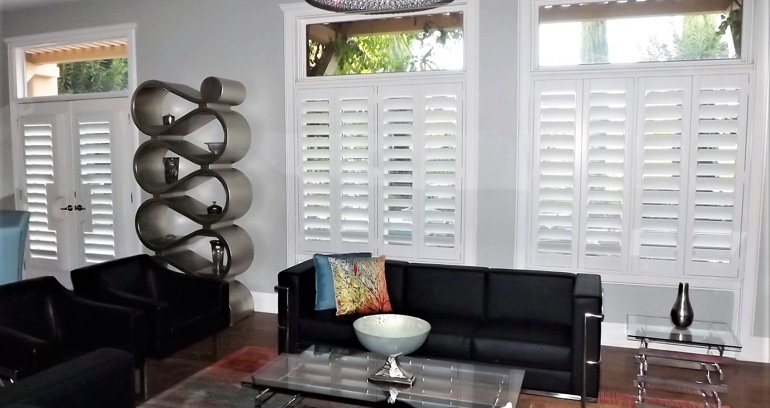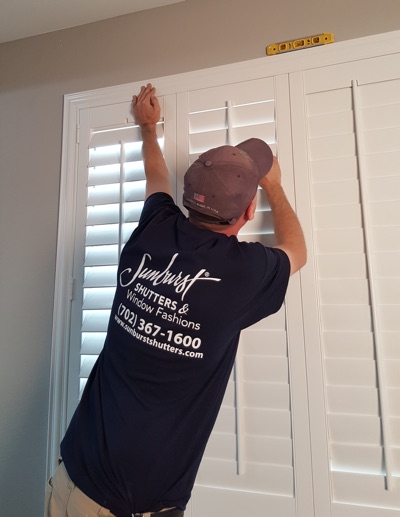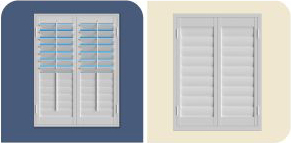
Are DIY Shutters Hard?
Getting home design projects done by yourself in Bluff City is easier than ever. With resources easily available to you, many projects that used to be hard are now very doable by yourself.
There are exceptions, though – jobs that may be cumbersome, time-consuming, or just too complex to DIY. One project that may be part of that category is installing DIY plantation shutters.

These are just a couple of the issues that can arise when trying to install shutters as a DIY project.
DIY Window Measuring for Shutters
Though it may look easy at a glance, getting the precise window measurements for plantation shutters can be somewhat tricky. As one of our installers says, “There’s about a thousand wrong ways to measure windows, but only one right way.” There’s a good amount of ways windows can vary that can change the way you measure.
Have you decided whether your shutters will be on an inside mount or an outside mount? How thick is the shutter frame you’re looking at and how far into the window opening does it need to sit? Which kind of frame is best for casement-in windows, swinging windows or sliding windows?
Each of these can have an impact which kind of shutters and frame are appropriate. By extension, that changes how you measure your windows.
Buying DIY Shutters
The next difficulty for DIY shutters arises in the buying process. Just like the variation in windows, there’s a lot of differences between types of shutters, and if you’re on your own, it’s a common mistake to purchase the wrong thing. Here are a few common DIY mistakes:
-
Getting shutters made of the wrong material. For instance, buying natural wood shutters for a space in your home that should have a moisture-proof window treatment.
-
Picking a shutter configuration that blocks window movement, meaning you can’t fully open the window.
-
Getting a shutter with a frame that doesn’t work well with your specialty window such as your sliding glass doors.
When talking to DIYers, we’ve found there might be some added confusion about certain shutter terms. Talking to shutter experts helps eliminate any confusion, so you get exactly what you think you’re getting when you buy your shutters.
DIY Shutter Installation
Where DIY shutters can become most difficult is when it comes time to install them, as you might have guessed.
First off, shutter installation needs to be precise, and a tiny slip-up in measuring at the beginning or in screwing in a bracket can throw a wrench in the whole project. Shutters can also be physically difficult to install; depending on the material and the location of your window, lifting a shutter can be very cumbersome and in certain scenarios hazardous.

The majority of shutter DIYers are unaware that it’s fairly typical for shutters to not exactly fit your window frame. This is mainly because few window frames are a perfect square. Attaching the shutter flush to one side of the window opening could result in the shutter looking crooked and creating gaps. Needing to caulk a quarter or half-inch gap is typical with shutter installations, and if you’re solo a caulking job could be outside your expertise.
Finally, when you do a DIY shutter project, you don’t have anything to fall back on. If a professional does your shutters for you, they’ll usually guarantee the job with a warranty. But if something goes wrong when you try to install yourself, you’re not likely to be covered for damage to the shutters or any other part of your house.


